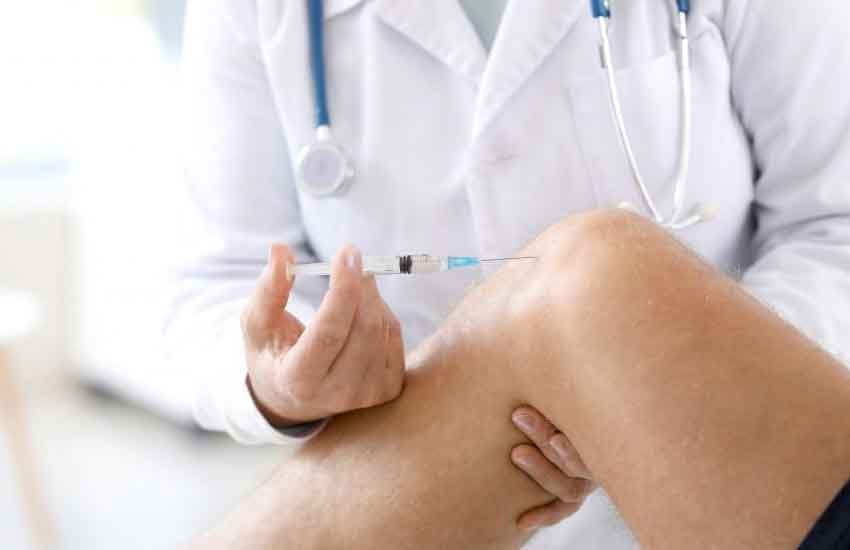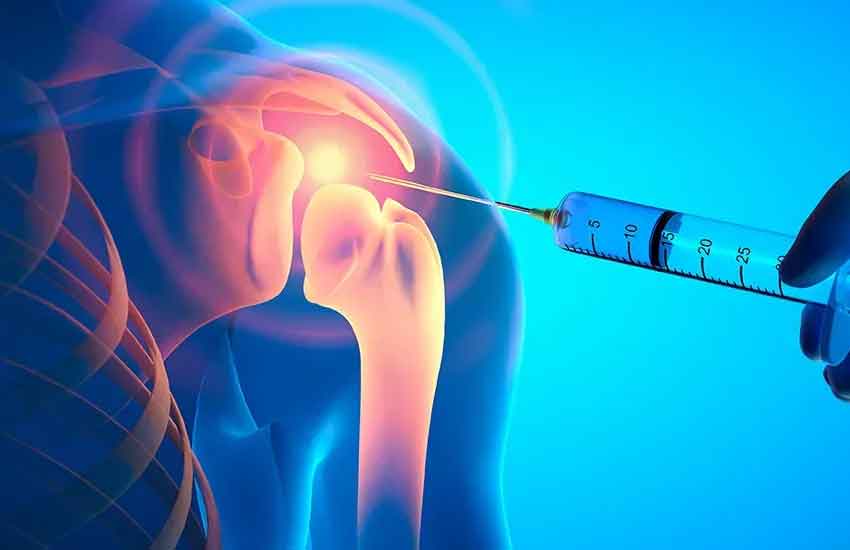Call us now:
Joint Injections Minneapolis: How Long Do They Last?
Complete Treatment Guide from Board-Certified Pain Management Specialists
What You’ll Learn in This Guide
This comprehensive guide addresses the most common questions about joint injection therapy in Minneapolis, including detailed timelines, procedure explanations, and treatment comparisons. Written by experienced pain management specialists to help you make informed decisions about your joint health.

Joint pain affects millions of Americans, with over 58.5 million adults experiencing arthritis nationwide according to the CDC. If you’re struggling with chronic joint pain in Minneapolis, you’ve likely wondered about injection therapy as a non-surgical treatment option.
At Shingle Creek Medical Group, we specialize in advanced joint injection techniques that provide targeted relief without the risks associated with surgery. Our board-certified specialists use ultrasound-guided precision to deliver medications directly to the source of your pain, offering hope for lasting relief.
How Long Do Joint Injections Last? Timeline Expectations
The most common question we hear from Minneapolis patients is: “How long will my joint injection provide relief?” The answer depends on several factors, including the type of injection, your specific condition, and individual healing response.
| Injection Type | Expected Duration | Best For | Recovery Time |
|---|---|---|---|
| Steroid Injections | 6 weeks to 6 months | Inflammatory conditions, acute flare-ups | 1-3 days |
| Hyaluronic Acid | 3-6 months | Knee osteoarthritis, joint lubrication | 2-7 days |
| PRP Therapy | 6-12 months | Tissue regeneration, long-term healing | 2-6 weeks |
Individual Results May Vary
Important: These timelines represent typical outcomes based on clinical studies and our Minneapolis practice experience. Some patients experience longer relief, while others may need more frequent treatments. Your pain management specialist will develop a personalized timeline based on your specific condition and response to treatment.
Understanding Joint Injection Procedures: What to Expect

Many Minneapolis patients feel anxious about joint injection procedures due to uncertainty about the process. Understanding each step can help alleviate these concerns and prepare you for a comfortable treatment experience.
Ultrasound-guided injections represent the gold standard in precision medicine. Unlike traditional landmark-based injections, our advanced imaging allows us to visualize the exact injection site, ensuring accurate medication delivery while avoiding nearby nerves and blood vessels.
Step-by-Step Injection Procedure
Pre-Procedure Preparation (10-15 minutes)
- Medical review: Discussion of your symptoms and medical history
- Consent process: Explanation of benefits, risks, and alternatives
- Positioning: Comfortable positioning for optimal access to the joint
- Skin preparation: Sterile cleaning of the injection area
During the Injection (5-15 minutes)
- Local anesthesia: Numbing medication to minimize discomfort
- Ultrasound guidance: Real-time imaging for precise needle placement
- Medication delivery: Slow, controlled injection of therapeutic agents
- Immediate assessment: Evaluation of initial response and comfort
Treatment Comparison: Which Injection Is Right for You?
Minneapolis patients often ask us to compare different injection types to help them understand which treatment might be most effective for their specific condition. Each type of injection works through different mechanisms and offers unique advantages.

Steroid Injections: Fast-Acting Anti-Inflammatory Relief
How they work: Corticosteroids rapidly reduce inflammation and provide quick pain relief for acute flare-ups and chronic inflammatory conditions.
Best candidates: Patients with inflammatory arthritis, bursitis, or acute joint inflammation who need rapid symptom relief.
Frequency limitations: Generally limited to 3-4 injections per year to minimize potential side effects on surrounding tissues.
Hyaluronic Acid: Joint Lubrication and Cushioning
How they work: These “gel shots” supplement your joint’s natural synovial fluid, improving lubrication and acting as a shock absorber.
Best candidates: Patients with knee osteoarthritis who have lost natural joint fluid and need improved mobility.
Treatment course: Typically involves a series of 3-5 injections spaced one week apart for optimal results.
PRP Therapy: Regenerative Healing Approach
How they work: Platelet-rich plasma uses your body’s own growth factors to stimulate natural healing and tissue regeneration.
Best candidates: Patients seeking long-term healing rather than temporary symptom relief, particularly for tendon and soft tissue injuries.
Timeline expectations: Results develop gradually over 2-3 months as tissues heal and regenerate naturally.
Frequently Asked Questions About Joint Injections
Most patients experience minimal discomfort during joint injections. We use local anesthesia to numb the injection site, and our ultrasound-guided technique minimizes tissue trauma. Many patients report that the procedure feels similar to getting blood drawn. Some mild soreness may occur for 1-2 days after the injection, which typically responds well to ice and over-the-counter pain medications.
The timeline varies by injection type. Steroid injections often provide relief within 2-7 days, with maximum effects typically seen within two weeks. Hyaluronic acid injections may take 4-6 weeks for full effect. PRP therapy requires the most patience, with significant improvement typically noticed 6-12 weeks after treatment as natural healing processes take place.
Most patients can drive themselves home after joint injections, especially for extremity joints like knees, shoulders, or hips. However, if you receive sedation or if the injection is in your neck or lower back, we recommend arranging transportation. We’ll provide specific post-procedure instructions based on your individual treatment plan.
The number of injections varies based on your condition and response to treatment. Some patients experience significant long-term relief after a single injection, while others may benefit from a series of treatments. For hyaluronic acid, we typically recommend 3-5 injections spaced weekly. Steroid injections are usually limited to 3-4 per year. PRP therapy often involves 1-3 treatments spaced 4-6 weeks apart.
Joint injections are highly effective for osteoarthritis, rheumatoid arthritis, bursitis, tendinitis, and sports-related joint injuries. They’re particularly beneficial for knee osteoarthritis, shoulder impingement, hip arthritis, and inflammatory conditions that haven’t responded adequately to oral medications or physical therapy. During your consultation, we’ll evaluate whether you’re a good candidate for injection therapy.
Ready to Find Relief from Joint Pain?
Don’t let chronic joint pain limit your Minneapolis lifestyle. Our experienced team at Shingle Creek Medical Group specializes in ultrasound-guided injection therapy that can help you return to the activities you love.
Call (763) 244-8022 Schedule ConsultationAbout Shingle Creek Medical Group
Located at 2781 Freeway Blvd, Minneapolis, MN 55430, Shingle Creek Medical Group has provided expert pain management and regenerative medicine services to the Twin Cities area for over 10 years. Our board-certified specialists combine advanced ultrasound-guided injection techniques with comprehensive care approaches to deliver lasting relief for joint pain, sports injuries, and musculoskeletal conditions.
Office Hours: Monday-Friday 9am-6pm, Saturday 10am-12pm
Contact: (763) 244-8022 | scheduling@icaremri.com
